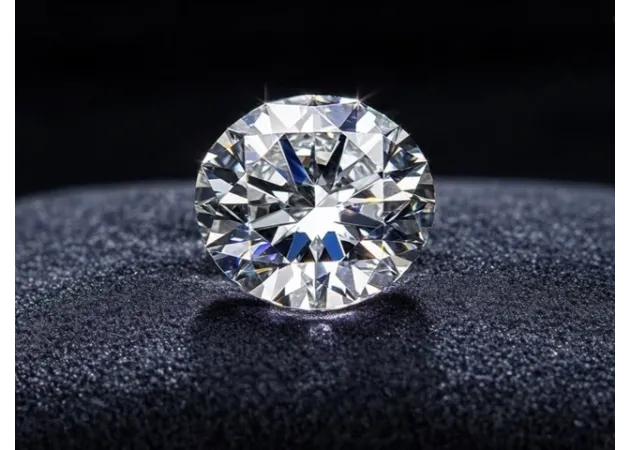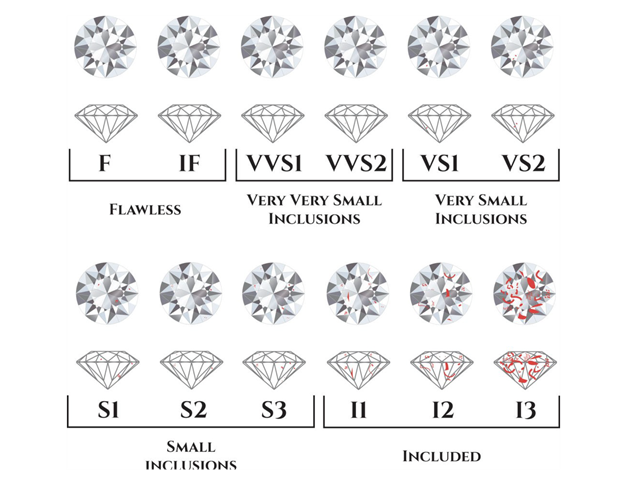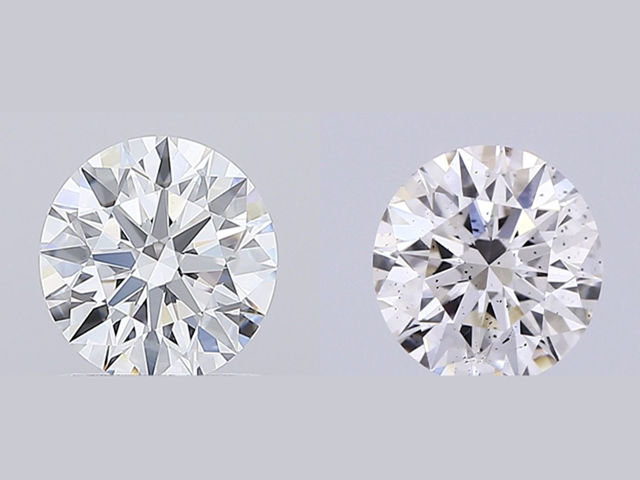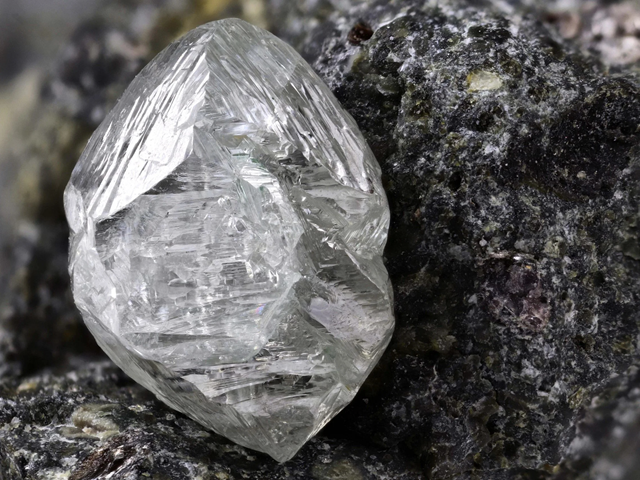Clarity and the Diamond's Cut: A Sparkling Relationship
When it comes to diamonds, the four Cs – cut, colour, clarity, and carat – are the cornerstone of their value and beauty. While each C plays a crucial role, the cut is often considered the most important, as it directly influences how light interacts with the diamond, determining its brilliance, fire, and scintillation. But how does the diamond's clarity factor into the equation? Let's explore the intricate relationship between clarity and the various diamond cuts.
Understanding Diamond Clarity
Diamond clarity refers to the presence of inclusions (internal flaws) and blemishes (external imperfections). These imperfections can range from tiny spots or clouds to more visible cracks or chips. While a completely flawless diamond is rare and expensive, a certain level of clarity can be acceptable, especially when the imperfections are not visible to the naked eye, often referred too as ‘eye clean’. The type, size, and location of these inclusions all contribute to a diamond's clarity grade.
How Inclusions Form in Diamonds
Diamonds are formed under extreme pressure and heat conditions. During this formation process, several factors can lead to the creation of inclusions:
- Trapped Minerals: As the diamond crystallises, other minerals present in the surrounding environment can become trapped inside. These trapped minerals appear as inclusions within the finished diamond.
- Crystal Growth Anomalies: Uneven growth patterns during the crystallisation process can leave behind internal flaws like feathers or clouds.
- External Forces: Diamonds can be subjected to intense pressure and heat even after their initial formation. These external forces can create fractures or cracks within the diamond.
The Impact of Clarity on Different Cuts
Clarity and Step-Cut Diamonds
Step-cut diamonds, such as Emerald and Asscher cuts, are characterised by their large, open facets. While this design creates a stunning, classic look, it can also make inclusions more visible. However, the long, rectangular shape of step-cut diamonds can help to disguise certain types of inclusions. Thin fractures or needle-like inclusions, for example, may appear less noticeable in a step-cut due to the diamond's overall shape.
Factors Affecting Clarity in Step-Cut Diamonds
- Location of Inclusions: Inclusions located near the centre or crown of a step-cut diamond are more likely to be visible than those near the girdle or pavilion.
- Size of Inclusions: Larger inclusions are more noticeable than smaller ones, especially in step-cut diamonds.
- Type of Inclusions: Certain types of inclusions, such as needles or feathers, may be less noticeable in step-cut diamonds than others, such as knots or chips.
Clarity and Brilliant-Cut Diamonds
Brilliant-cut diamonds, such as the classic Round, Radiant or Princess cuts, are known for their exceptional brilliance and fire. One of the benefits of the brilliant cut is its ability to mask minor inclusions. The many facets and the way light interacts with them can help conceal small imperfections. However, larger inclusions or those located near the crown or pavilion can significantly affect the diamond's overall appearance.
Factors Affecting Clarity in Brilliant-Cut Diamonds
- Location of Inclusions: Inclusions located near the crown or pavilion of a brilliant-cut diamond are more likely to be visible than those near the girdle.
- Size of Inclusions: Larger inclusions are more noticeable than smaller ones in brilliant-cut diamonds.
- Type of Inclusions: Certain types of inclusions, such as pin points or clouds, may be less noticeable in brilliant-cut diamonds than others, such as carbon crystals or graining.
Conclusion
The relationship between clarity and the diamond's cut is complex and multifaceted. While a higher clarity grade can often enhance a diamond's beauty, a well-cut diamond with minor inclusions can still look stunning. The diamond experts at Comparethediamond.com can help you assess the clarity of a diamond and determine if any inclusions are likely to be noticeable. By understanding the impact of clarity on different cuts, you can make an informed decision and select a diamond that meets your needs and personal preferences and budget.




